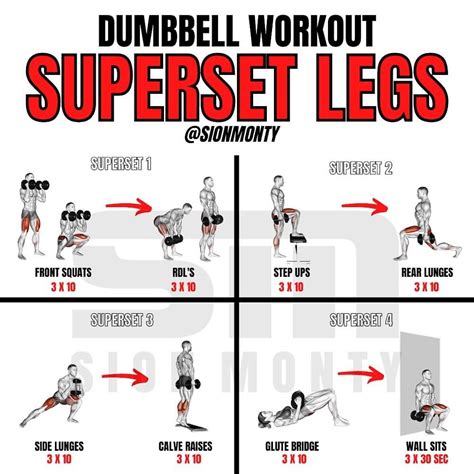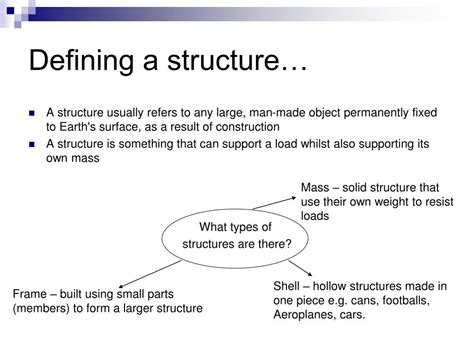Elite tactics to smash strength plateaus for peak performance?

Breaking Through the Wall: Understanding Strength Plateaus
Every dedicated lifter eventually encounters the frustrating wall of a strength plateau. It’s that point where your lifts stall, progress grinds to a halt, and motivation can wane. These plateaus aren’t signs of failure but rather an indication that your body has adapted to your current training stimulus. To move beyond them, you need more than just brute force; you need elite tactics and a strategic overhaul of your training approach.
Understanding why plateaus occur is the first step. Common culprits include insufficient progressive overload, inadequate recovery, poor nutrition, overtraining, or simply a lack of variation in your routine. Elite athletes consistently find ways to manipulate these variables to ensure continuous adaptation and prevent stagnation. This article will delve into the proven methods they employ to consistently smash through their limits.
The Science of Strategic Overload: Advanced Progressive Techniques
Progressive overload is the fundamental principle of strength gain, but it goes beyond simply adding more weight. Elite tactics involve a multi-faceted approach to consistently challenge your muscles in new ways. This includes manipulating not just load, but also volume (sets and reps), training frequency, time under tension, exercise selection, and even rest periods.
Consider techniques like accommodating resistance, where bands or chains are added to barbell movements, making the lift heavier at the top where you’re strongest. Intensification techniques such as drop sets, supersets, rest-pause, and cluster sets can dramatically increase the stimulus within a single set, forcing new adaptations. These methods, when applied judiciously, can shock your system out of its comfort zone.

Periodization: The Master Key to Consistent Gains
Randomly pushing heavy weights week after week is a recipe for burnout and plateaus. Elite lifters swear by periodization – a structured, cyclical approach to training that varies intensity, volume, and exercise selection over time. Linear periodization gradually increases intensity while decreasing volume, while undulating periodization varies these parameters more frequently (e.g., daily or weekly).
Block periodization is often used by highly advanced athletes, focusing on specific training goals (e.g., hypertrophy, strength, power) in distinct blocks. This systematic planning allows for planned peaks in performance, strategic deloads to aid recovery and prevent overtraining, and ultimately, a more sustainable path to long-term strength development. It’s about working smarter, not just harder.

Optimizing Recovery and Nutrition: Your Unsung Heroes
You don’t get stronger in the gym; you get stronger recovering from the gym. Elite athletes understand that recovery is as crucial as the training itself. This means prioritizing 7-9 hours of quality sleep nightly, as growth hormone and testosterone production peak during deep sleep cycles. Nutrition also plays a non-negotiable role.
Adequate protein intake (typically 1.6-2.2g per kg of bodyweight) is essential for muscle repair and growth, alongside sufficient carbohydrates for energy and healthy fats for hormonal balance. Hydration, micronutrient intake, and strategic supplementation (creatine, omega-3s, vitamin D) further support the recovery process, enabling your body to adapt and come back stronger.

Technique Refinement and Mind-Muscle Connection
When chasing numbers, it’s easy to let form slip. However, sloppy technique not only increases injury risk but also reduces the effectiveness of an exercise. Elite lifters constantly refine their movement patterns, ensuring maximum tension on the target muscle groups and minimizing involvement from synergists or momentum. This precise execution builds real, functional strength.
Developing a strong mind-muscle connection is another powerful tool. By actively focusing on contracting the intended muscle throughout the range of motion, you can enhance recruitment and stimulate growth more effectively. Furthermore, identifying and addressing muscular imbalances or weak links in your kinetic chain can unlock significant strength gains in compound movements.

Strategic Deloads and Variation: Preventing Burnout
Just as important as pushing hard is knowing when to pull back. Strategic deload weeks, where volume and/or intensity are significantly reduced, allow your central nervous system (CNS) to recover, repair connective tissues, and resensitize muscles to training stimuli. This prevents chronic fatigue and often results in a surge of strength upon returning to heavier training.
Varying your exercises, even slightly, can also prevent plateaus. This doesn’t mean changing your entire routine every week, but cycling through different variations of main lifts (e.g., high-bar vs. low-bar squats, conventional vs. sumo deadlifts, close-grip vs. wide-grip bench press) or incorporating accessory movements that target the same muscle groups from different angles can provide a novel stimulus for continued growth. The conjugate method, popular in powerlifting, embodies this principle of rotating movements to build well-rounded strength.

Your Blueprint for Unstoppable Progress
Smashing strength plateaus requires a holistic and intelligent approach. It’s about strategically manipulating your training variables, meticulously optimizing recovery and nutrition, and constantly refining your technique. By adopting these elite tactics – from advanced progressive overload and periodization to mindful recovery and variation – you can not only overcome current plateaus but also forge a sustainable path to continuous, peak performance in your strength journey. Consistency, patience, and smart application of these principles are your ultimate allies.








